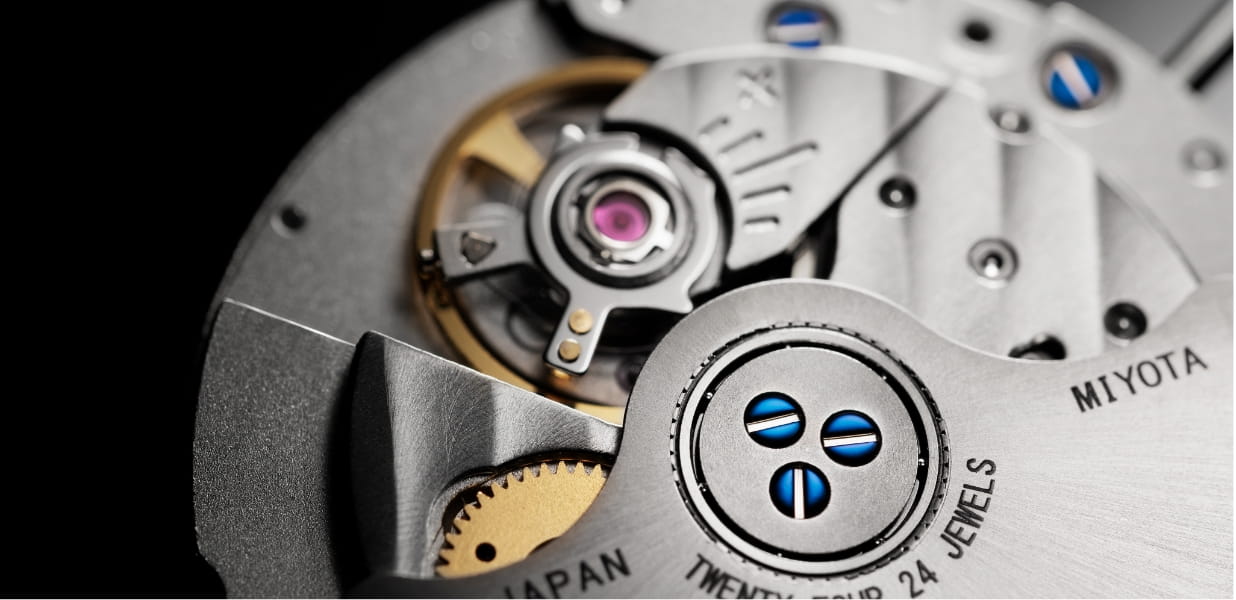The Miyota 9015 Movement: The Precision Performer That Elevated Microbrand Standards
If the watch world has a sophisticated middle child, it’s the Miyota 9015. Released in 2009, this automatic movement proved that Japanese engineering could challenge Swiss-made counterparts without breaking the bank. While not as ubiquitous as its Seiko NH35 cousin, the 9015 has carved out its own respected niche by offering something rare in affordable watchmaking: genuine precision performance with a remarkably thin profile.
When you see “Miyota 9015” on a specification sheet, you’re looking at a movement that represents a significant step up from basic workhorses. This is the caliber that microbrands choose when they want to signal serious horological intent—when they’re ready to compete not just on price, but on genuine technical merit. From elegant dress watches to robust tool watches, the 9015 has powered some of the most impressive microbrand offerings of the last decade.
In this comprehensive guide, we’ll explore what makes the 9015 special, why it commands a premium over other affordable movements, and what you should know whether you’re considering your first automatic watch or adding to an established collection.
What Makes an Automatic Movement Premium: Understanding the 9015’s Position
The Miyota 9015 occupies a unique position in the movement hierarchy. Unlike entry-level automatics that prioritize pure affordability, the 9015 was designed from the ground up to offer measurably superior performance. This means tighter accuracy tolerances, smoother operation, and a thin profile that enables design possibilities impossible with thicker movements.
Developed by Citizen’s Miyota division as part of their premium 9000 series, the 9015 represented a direct challenge to Swiss movements like the ETA 2824-2. The goal was ambitious: create an automatic movement that could match Swiss performance standards while maintaining the efficiency and reliability of Japanese manufacturing. The result is a caliber that beats at a high 28,800 vibrations per hour, offering the smooth seconds hand sweep and precise timekeeping typically associated with far more expensive watches.





